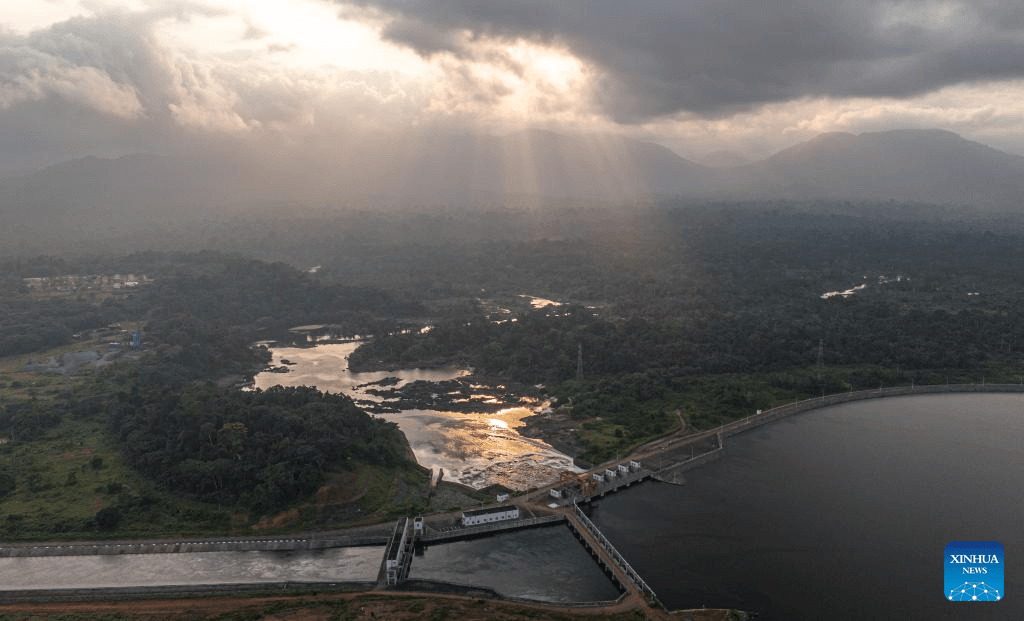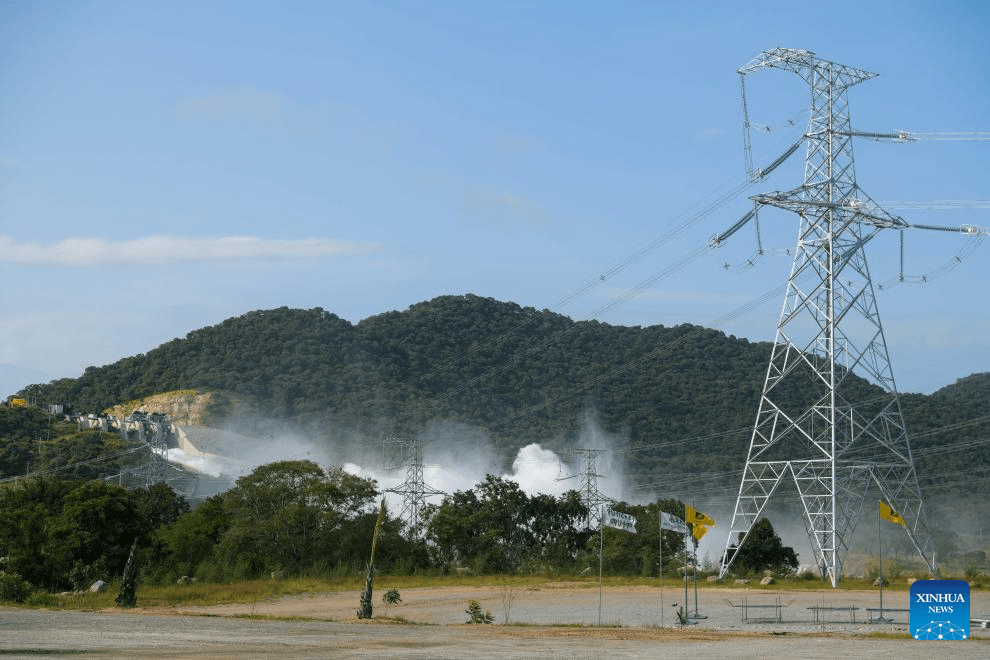In 2016, Mercy Nyambura met a lone buffalo in the deep forest of the Aberdare ecosystem.
Nyambura says when she noticed the buffalo, she started calculating her next move.
“We were doing elephant census then. The buffalo had started charging at me when I immediately gathered courage before hiding behind a huge tree,” Nyambura says.
She says the buffalo was 10 meters away.
Nyambura says the lone Buffaloes are the most hostile and dangerous wildlife.
At this time, her heartbeats were abnormal.
Nyambura says members of her team ran in different directions, leaving the beast confused.
The buffalo retreated to the bush.
She is the only woman in Aberdare joint surveillance unit.
Founded in 2010, the surveillance team provides a platform where the community is more actively involved in conservation efforts.
The team has seven members, six of whom are males.
They work in remote areas of the forest and they can detect illegal activities.
Part of their job includes wildlife census, putting off fires, taming illegal activities such as poaching, logging, and taking care of the fence, among other activities.
Nyambura, a mother of two, was born and brought up near the ecosystem, a move that has ushered her into seeing all types of wildlife invading their farms.
Four armed rangers-two from Kenya Wildlife Service and two from Kenya Forest Service-reinforces the team during patrols.
Nyambura who has worked as a community scout since 2010 says it is not advisable to follow it because it normally takes a position before attacking again.
“Most of the time, your eyes and ears are the ones doing the work,” Nyambura says.
During the patrols, any trails and disturbances of any nature are treated with great care as they give insights into some of the clues of what could be happening.
“When you see fresh traces of human activities, you have to be very careful,” she says.
She says the fresh trails mean that those who would commit environmental crimes might be around.
Such criminals are in most cases ready for any eventuality.
The joint surveillance team is trained and provided with a patrol vehicle, cameras and hand-held GPS units to strengthen their fieldwork by Rhino Ark.
In a different incident, Zachary Mucheru says they at one time met an elephant that charged at them.
“We scampered for safety in different directions. The elephant was confused and it retreated,” he says.
Mucheru says they are lucky that nobody in his team has been injured all this while.
Normally, their patrols start in the wee hours of the morning.
Aerial patrols normally provide them with coordinates of places suspected to have illegal activities.
During the foot patrols, they are normally guided by hand-held GPS gadgets as communicating with phones deep inside the forest is impossible due to poor network.
Mucheru says their work is challenging.
The one pair of uniforms they have is normally muddied by the time patrols end.
This means they have to wash them in preparation for patrols the next day.
They also do not have gloves or boots among other needs.
According to the scouts, there is a need to enlighten the magistrates to consider the challenges those protecting natural resources go through while dealing with cases.
They say that most of the time, the magistrates are not conversant with the challenges.
John Mugo is also one of the community scouts.
Mugo is a former logger and poacher but now uses his experience to protect natural resources.
Before joining the surveillance team, Mugo used to give law enforcers sleepless nights.
Born and brought up on the Western side of Aberdare, Mugo knew the area well.
But when the construction of the electric fence started, Mugo was part of the team that provided services.
He has since been raising awareness of the need to guard natural resources.
He is now part of the surveillance team and able to earn a decent livelihood.
During the patrols, Mugo provides his team with the needed insights on how they previously used to poach, and the methods they were using.
They can for instance follow the fingerprints of a human being to the point they find them flat-footed.
Mugo has 12 years of experience working with the surveillance team.
He says the illegal activities have been reduced.
Cases of human-wildlife conflicts within the Aberdare ecosystem have in the past been high.
However, there was a reprieve after Rhino Ark, a local conservation NGO, put up a 400km electric fence.
The fence was meant to help resolve multiple challenges facing the Aberdare Range ecosystem.
These challenges included poaching, bush-meat hunting, snaring, illegal logging, charcoal burning and encroachment.
These activities, by the 1980s, had almost decimated the population of critically endangered black rhinos in the ecosystem.
At the same time, regular crop damage by wildlife, especially elephants, was a major problem for the farmers residing next to the Aberdare protected areas.
Encounters between farmers and wildlife occasionally led to human fatalities and served to heighten tensions between humans and wildlife.
The construction of the fence began in 1989 and was completed in August 2009.
The power that runs through the fence is 5,900 volts, enough to repel elephants.
The fence was not enough to tame illegal activities in the ecosystem.
Following the completion of the fence, a surveillance unit tasked with patrolling the forest and the fence, curbing illegal activities, de-snaring, monitoring tree degeneration and involving neighbouring communities in conservation work was formed.
Adam Mwangi, Rhino Ark fence and community manager and in charge of all the projects in Aberdare ecosystem said initially, they wanted to do a small section of the fence in what they call salient area in Aberdare National Park that projects towards Nyeri.
“We wanted to do a small fence to conserve the black rhino that was being threatened by people who were doing farming outside the forest,” he says.
Mwangi says the small project targeted to cover 40km.
However, people started realising that the conservation fences are critical because, in the areas where the ecosystem is, there are places that are densely populated and are cultivating.
Mwangi says for people to co-exist in harmony with wildlife, fences are very important.
“The value of land next to the electric fence has gone up by up to 300 per cent. There are places where people had abandoned their parcels of land but they have started to come back,” he says.
Mwangi says the previously abandoned areas are now highly coveted because people are building holiday homes, and homesteads among others.
He says the joint surveillance team was formed after they realised that the role played by the community was needed.
The Aberdare electric fence has factored in a corridor to connect Aberdare and Kipipiri where the elephants come to give birth.
Some of the posts used to make the fence are made of plastics from greenhouses in Naivasha.
Plastic posts, unlike wooden ones, do not break when an elephant pushes.
Edited by Kiilu Damaris
“WATCH: The latest videos from the Star”











